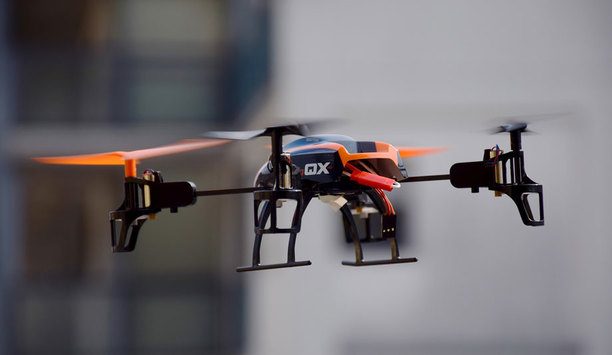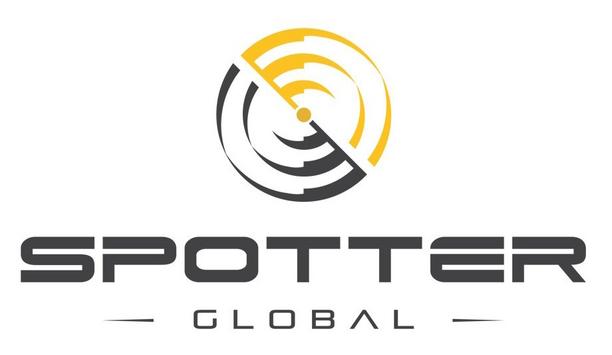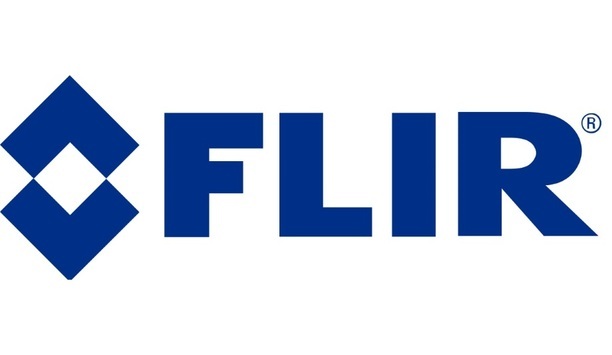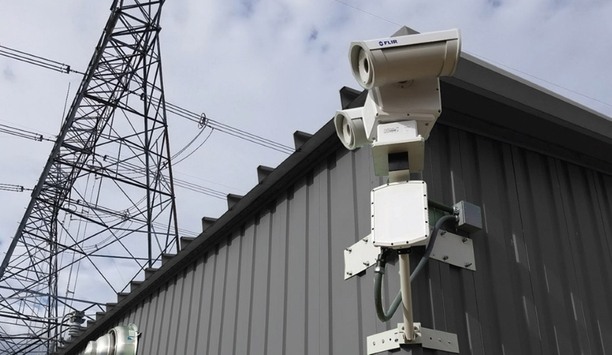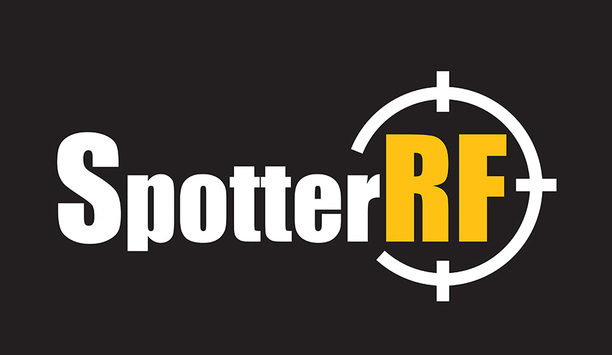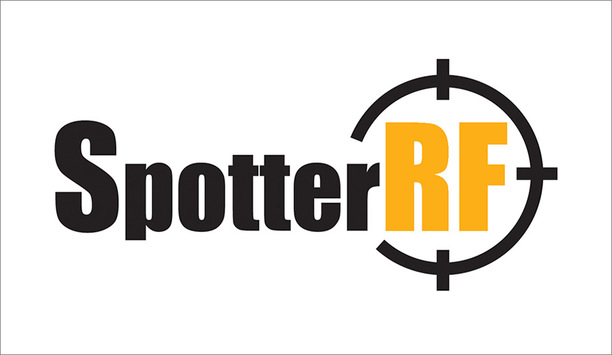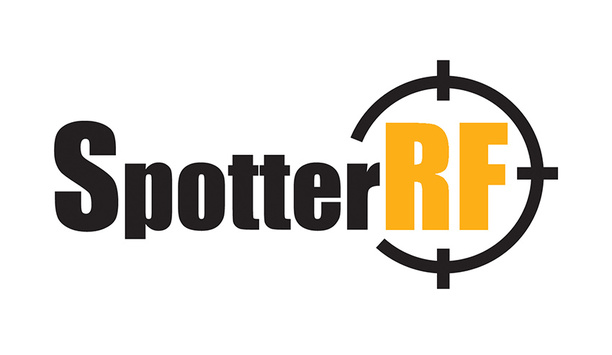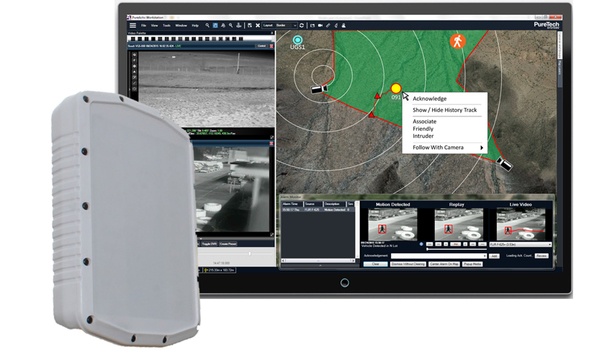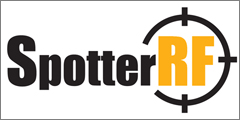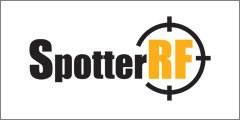Logan Harris

Logan Harris
CEO, SpotterRFMr. Logan Harris is an experienced entrepreneur with a deep technical background in RF and DSP. Mr. Harris founded SpotterRF in 2009 to provide wide area surveillance radar to whole new group of security professionals and war fighters. Previously, Harris was CTO for Wavetronix a company that develops radar for monitoring traffic. Mr. Harris’ other experience has ranged from semiconductor processing with IBM, fiber optics with TRW, mass spectrometry for Sensar Larson Davis and home automation with Vantage. Mr. Harris holds a Master’s and Bachelor’s degree in Electrical Engineering from Brigham Young University.
Articles by Logan Harris
The use of drones has increased dramatically in the last few years. Indeed, by 2021, the FAA says the number of small hobbyist drones in the U.S. will triple to about 3.55 million. With that growth, d...
News mentions
Spotter Global (SpotterRF) announced the release of NetworkedIO 6.0 (NIO 6.0), the world’s first and only commercially available Command and Control (C2) software with fully integrated dual Rada...
Combining radio detection and ranging (RADAR) with thermal imaging technologies produces unparalleled monitoring coverage and perimeter protection for power plants and electrical substations. By inte...
There are over 55,000 electrical substations in the United States. These substations, along with power plants and transmission lines, provide power for millions of people. It is imperative that these...
SourceSecurity.com’s most trafficked articles in 2017 reflected changing trends in the market, from facial detection to drones, from deep learning to body worn cameras. Again in 2017, the most w...
SpotterCOP automates existing manual processes of monitoring, prioritizing, and alerting security personnel SpotterRF, a provider of low cost compact surveillance radar (CSR), annou...
SpotterRF compact surveillance radar provides rapid relief for power grid perimeter security SpotterRF, a provider of low cost compact surveillance radar (CSR), has been selected by...
Milestone advanced IP video and SpotterRF Radar secured venue, ground and air perimeter SpotterRF, a provider of low-cost, compact surveillance radar (CSR), announces its collaborat...
SpotterRF CK10 operates at peak efficiency in rain, fog, snow, or sand storm SpotterRF announced its new, highly affordable CK10 compact surveillance radar (CSR) for commercial and...
PureActiv integration with SpotterRF Radar provides a more robust, more accurate and more user friendly surveillance solution PureTech Systems is well known in the development of vi...
A2000 is the first radar specifically designed for drone detection and defeat applications SpotterRF, a manufacturer of low cost compact surveillance radar (CSR), announced availabi...
Spotter CEO Logan Harris will speak on drone threats and advanced perimeter security issues at the event SpotterRF, the leader in low cost compact surveillance radar (CSR), recently...
SpotterRF CSR monitors two infamous avalanche gullies along Swiss Alps road leading to renowned village SpotterRF, the leading manufacturer of compact surveillance radar (CSR), rece...
SpotterRF exhibits its compact surveillance radar at ASIS in Anaheim, CA SpotterRF recently announced its selection by the U.S. Bureau of Reclamation as the standard for compact sur...
